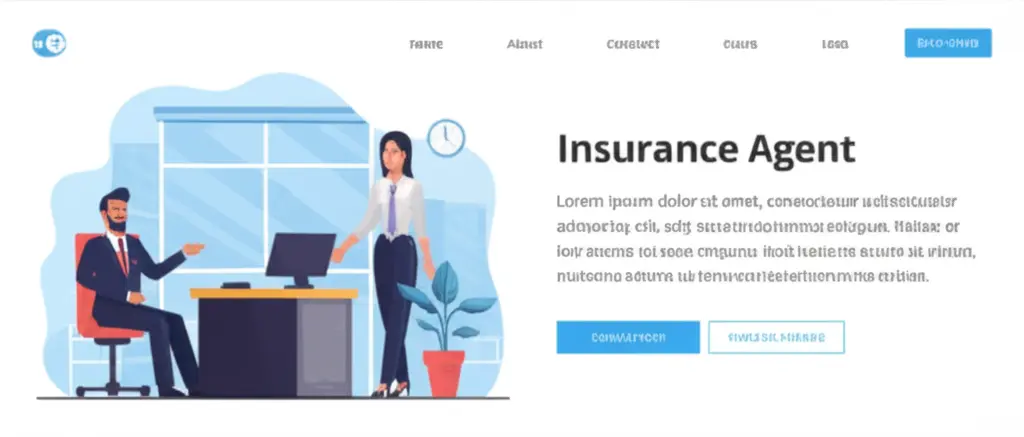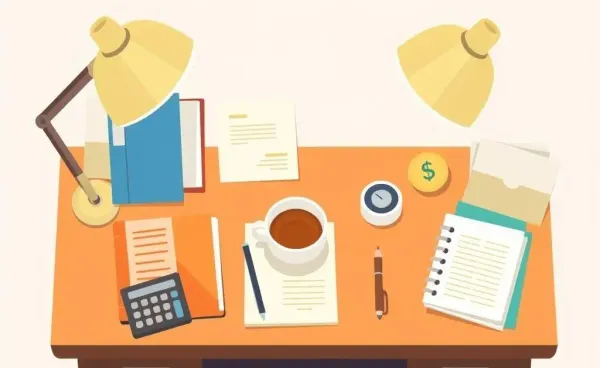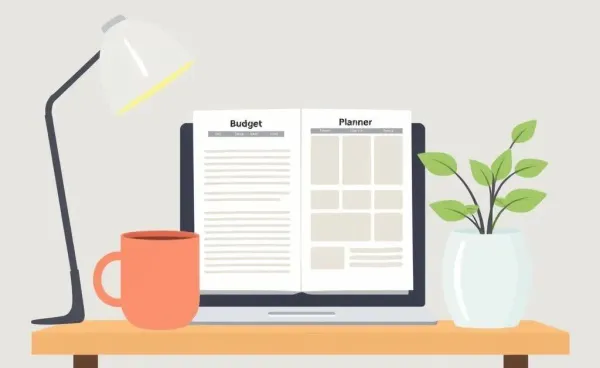Understanding Insurance Declarations After an At-Fault Accident
Navigating insurance declarations after an accident is crucial. Here's what you should know.
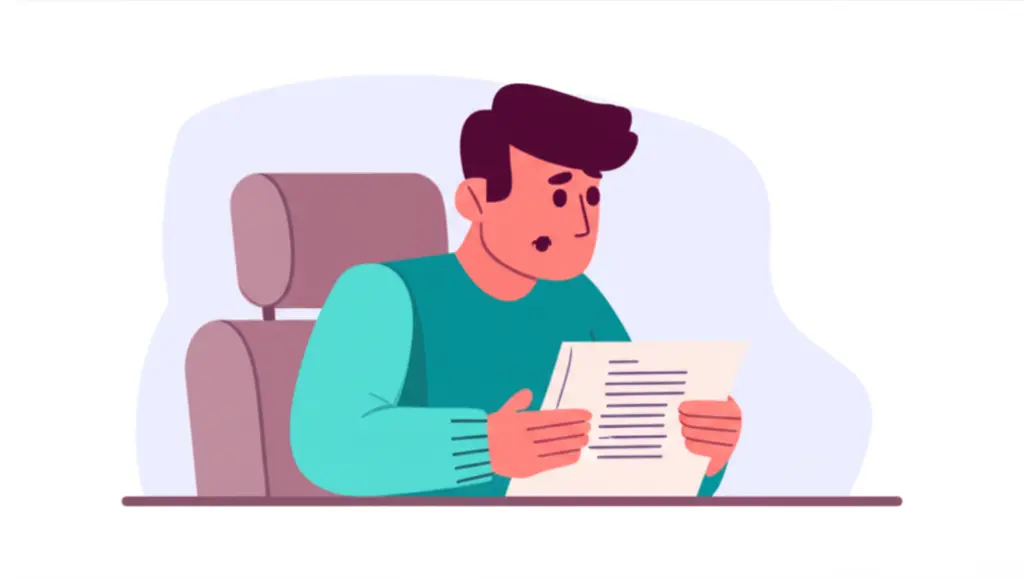
So, You've Been in an Accident: What's Next?
Being in a car accident can be a nerve-wracking experience, especially if you’re at fault. Let’s be honest, few things are as nerve-racking as waiting to see how things play out with your insurer. If you're anything like me, even signing routine paperwork can spark a dozen questions. So, let's dive into what happens with insurance declarations after you're at fault in an accident.
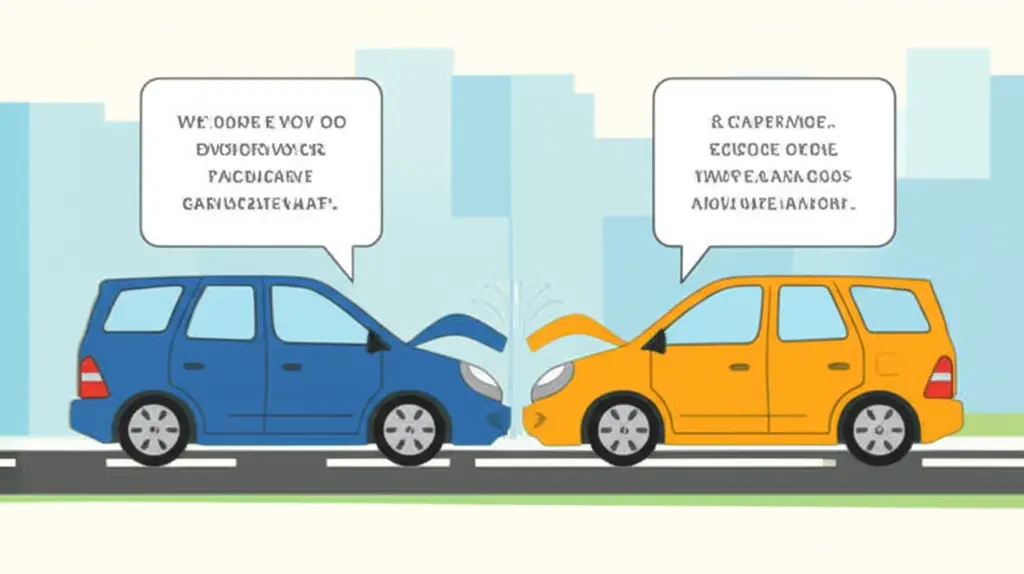
Understanding the Declaration of No Other Insurance
After an accident, especially one where you’re at fault, you might encounter a term called a 'Declaration of No Other Insurance.’ Sounds official, right? Essentially, this is a document where you confirm that you don't have any other insurance policies that could cover the incident. Insurance companies need to know they’re the only ones involved in the payout process. It helps them — and indirectly you — to smooth out any hiccups in claim settlements.
Why Is This Declaration Important?
This declaration isn't just red tape; it's crucial for clarity. Think of it as your official stance, stating, “This insurance, and this insurance only, is handling my claim.” It's a straightforward way to prevent complications that could arise if two insurers tried to take the claim in different directions. Sometimes, too many cooks spoil the broth!
Steps to Take After Signing
- Review Your Policy: Once you've signed, revisit your policy documents. Ensure you’re clear on what’s covered, and more importantly, what isn’t.
- Follow Up: Regularly touch base with your claims adjustor. Keep the communication lines open for any updates or further documents needed.
- Understand Your Responsibiliities: If there are costs not covered by insurance, make sure you know what they are and make arrangements accordingly.
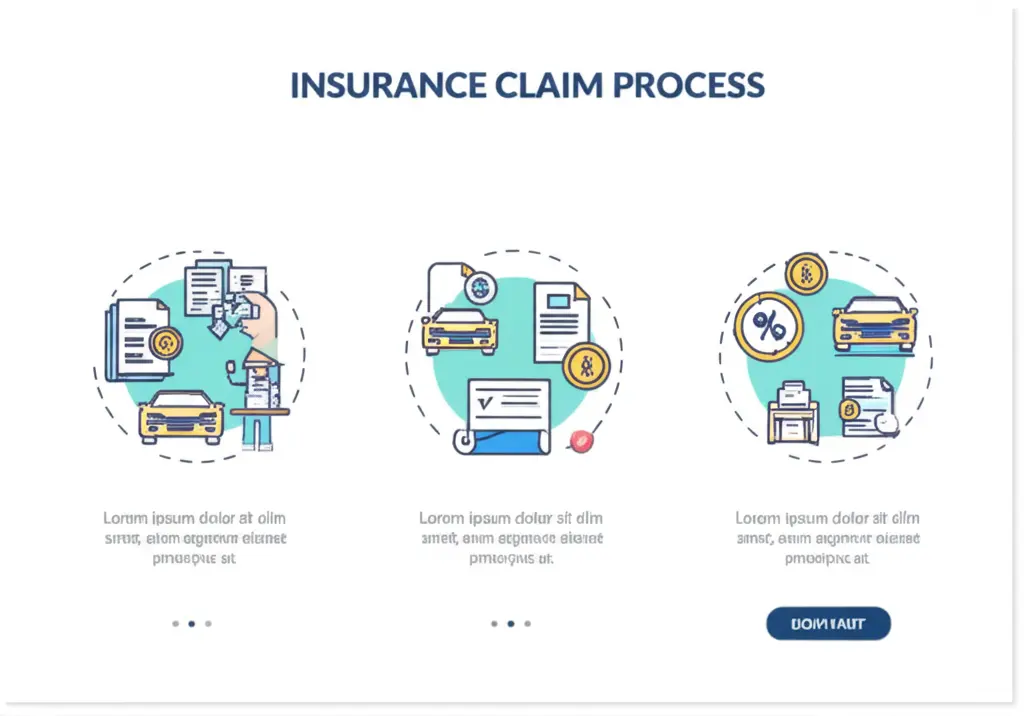
When to Seek Legal Advice
There might be instances where legal advice is beneficial. If you're unsure about the terms, or if something seems amiss, consulting a lawyer isn't a bad idea. It can provide an extra layer of assurance as you navigate the post-accident protocol.
Conclusion: You’re Not Alone
While dealing with insurance claims post-accident might seem daunting, remember that you're not alone in this. Many have traveled this road, and with the right information, you'll be back on track in no time. Your insurance company is there to help guide the way, but don’t shy away from seeking clarification or external guidance if needed.
